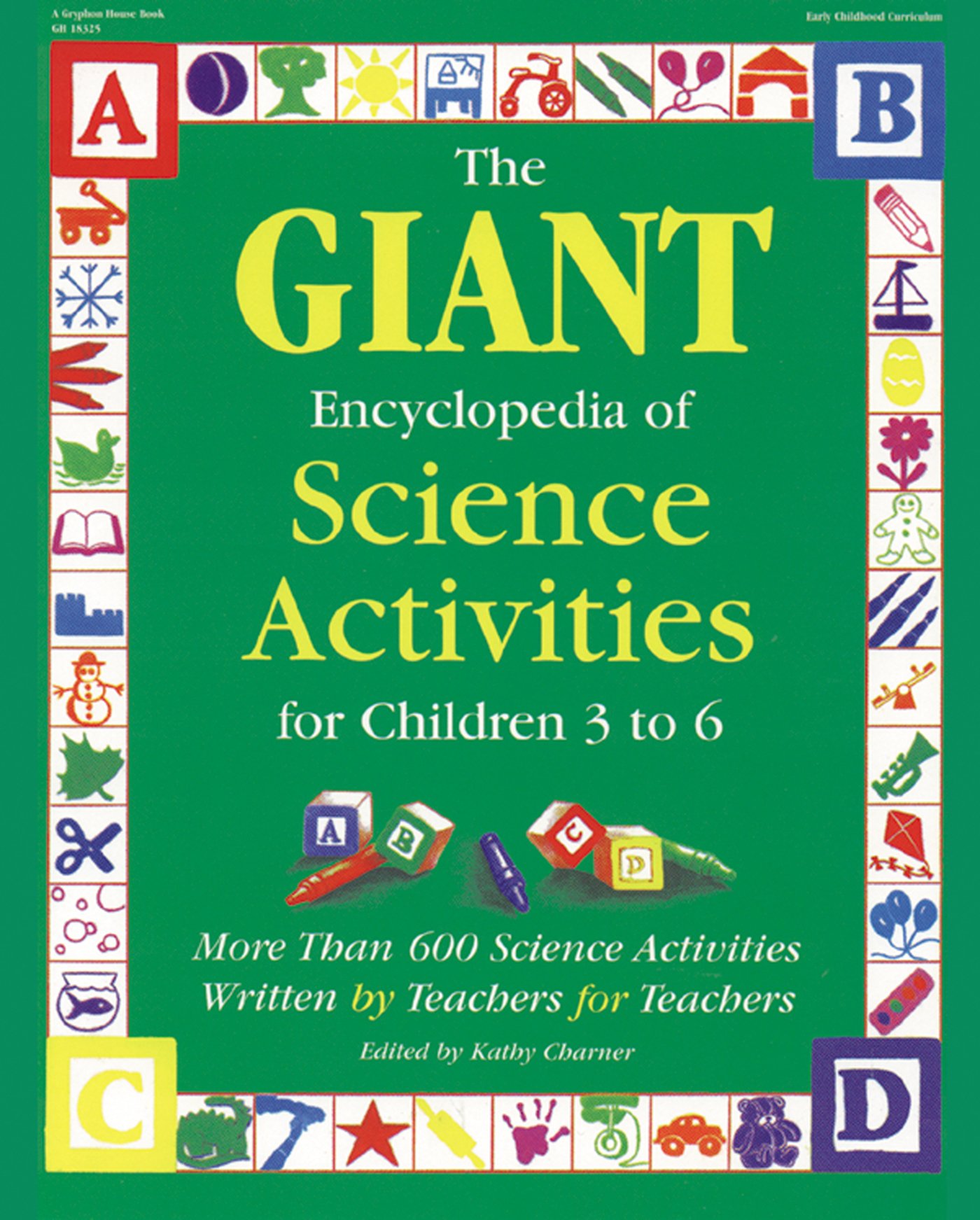Materials
Books about gardening Variety of gardening tools
Paper plates Scissors
Assorted colors of textured papers Glue
Hole punch Paper curling ribbon, one yard per child
Magazine clippings of flowers, insects, gardening tools and people gardening
Unwrapped crayons
Craft sticks, 1/2 " (13 mm) wide, 3 per child
Instructions
1. Invite children to look at gardening books and to handle a variety of gardening tools. The tools could include a shovel, rake and digging fork.
2. Discuss the process of planting seeds and welcome children's comments about what they may already know about gardening.
3. To make the paper garden pockets, give each child one whole paper plate and one paper plate that has been cut in half.
4. Children may select several unwrapped crayons. Encourage them to illustrate the sky on the whole paper plate and to rub shades of soil and grass on their half paper plates.
5. Children place the two plates together and, using a hole punch, punch eight holes around the paper plates (or teachers may want to have holes already pre-punched).
6. Use the curling ribbon and lace through the two paper plates. Tie the two ribbons together.
7. Children may design their own paper flowers from a variety of textured papers or use the illustrated clippings from the magazines. The flowers and/or clippings can be affixed to craft sticks using tape or glue. The children may color the craft sticks to represent the stems of plants. Children may want to embellish their stems with textured leaves (rubbings from leaves) and maybe add a friendly ladybug.
8. Organize and plant paper flowers between the two paper plates. Create garden stories, and please touch the flowers!More to doMath: Make a graphing chart with the following column headings: flowers, bugs, leaves. Count the flowers, bugs and leaves in each garden pocket and mark the appropriate column with the correct number of each item. How many flowers, bugs, leaves can you count?Storytelling: Invite children to create a story garland. Document children's stories onto cut-out flower shapes and let the children use tape, glue, string or yarn to connect the flowers together. Display the garland across the classroom window.
